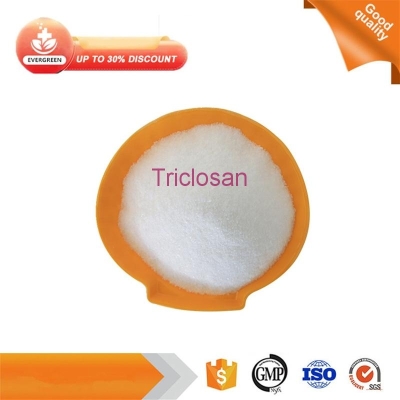How to install the ultrasonic cleaning machine correctly
-
Last Update: 2019-09-16
-
Source: Internet
-
Author: User
Search more information of high quality chemicals, good prices and reliable suppliers, visit
www.echemi.com
The ultrasonic wave propagates in the liquid, making the liquid and the cleaning tank vibrate together under the ultrasonic frequency When the liquid and the cleaning tank vibrate, they have their own natural frequency, which is the frequency of the sound wave, so people hear the hum With the continuous development of cleaning industry, more and more industries and enterprises use ultrasonic cleaning machine So how to install the ultrasonic cleaning machine correctly? 1 Prepare the ultrasonic transducer (matched right), cylinder block, mesh pad, glue, etc to be bonded 2 Sand blasting: stop sand blasting for the ultrasonic transducer and cylinder block to be bonded The sand spraying bonding surface shall be as rough as possible 30 mesh emery sand shall be used for sand blasting The sand must be dry and often selected (to be selected every time it is put into the sandbox) The pressure of the compressed air during sand blasting shall be ≥ 6kg, and the high-pressure air after dehumidification by the air source processor 3 Cleaning Stop cleaning the cylinder body sprayed with sand and ultrasonic transducer, stop cleaning the transducer with methanol, remove the dust on the surface, and then stop rinsing with acetone; wash the cylinder body with water, then wash it with acid, then rinse it clean, cool and dry it, then stop rinsing with methanol and acetone once respectively, and clean the mesh pad with stainless steel mesh with thickness ≤ 30 mesh and ≤ 0.15 (electrolysis if possible Disposal) 4 Drying and preheating: put the cleaned ultrasonic transducer, cylinder block and mesh pad into the oven to stop drying When the oven is dried at 60 ℃ - 80 ℃ for 2 hours and then cooled to about 40 ℃, stop bonding After all the bonding preparation tasks are completed, the glue (normal temperature) will be fully harmonized and then the bonding will be stopped quickly 5 Gluing place the cylinder body on the gluing plate, and use acetone to wipe the gluing place with cotton cloth for another test Wipe the bonding surface of the ultrasonic transducer with acetone and cotton cloth again Warm up for 1-2 minutes after mixing with glue (there should not be too many glues in each time, 20-30 glues in one time shall prevail) the glue should be 5g / head, and the proportion should be 1:0.4 (the ratio of adhesive to curing agent should be as accurate as possible) Stop gluing when the cylinder block and ultrasonic transducer are cooled to about 40 ℃ During gluing, apply glue evenly on the cylinder block and ultrasonic transducer, put the net cloth on both ends, and then press firmly The gluing speed should be fast The gluing day should not exceed 10 minutes after each glue configuration (sufficient preparatory tasks are required) Stop pressurizing after the glue is finished (singing tooling and spring soft pressing are required) 6 Curing: put the glued cylinder body into a dust-free oven to stop curing The curing temperature is 40-50 ℃ for 30 minutes at one time, 60-70 ℃ for 30 minutes at the second time, and then 80 ℃ for 2 hours at the third time After natural curing for 24 hours, check the wiring The curing heating is controlled by a program-controlled intelligent temperature controller 7 Inspection Stop testing the cured ultrasonic transducer The bonding impedance of each transducer (60W, 22, 25, 28kHz) is about 250 Ω, not more than 300 Ω, and stop testing the characteristics of the transducer (no clutter) The impedance value of the ultrasonic transducer on the same cylinder should be close to the difference as much as possible, not more than 20% (about ± 50 Ω) of the uniform value For the ultrasonic transducer that does not meet the requirements Remove and re glue.
This article is an English version of an article which is originally in the Chinese language on echemi.com and is provided for information purposes only.
This website makes no representation or warranty of any kind, either expressed or implied, as to the accuracy, completeness ownership or reliability of
the article or any translations thereof. If you have any concerns or complaints relating to the article, please send an email, providing a detailed
description of the concern or complaint, to
service@echemi.com. A staff member will contact you within 5 working days. Once verified, infringing content
will be removed immediately.







